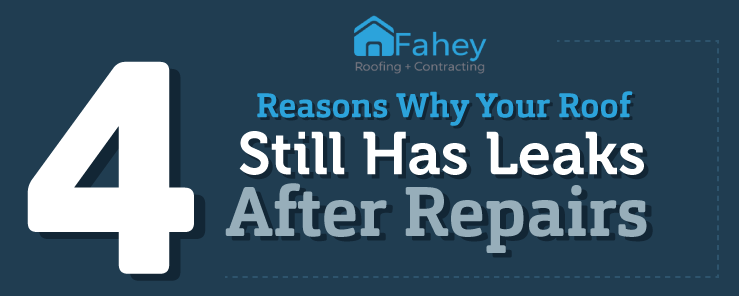Review The Financial Effects And Benefits Of Solar Setup To Identify The Prospective Financial Benefits For Those Interested In This Renewable Energy Venture
Review The Financial Effects And Benefits Of Solar Setup To Identify The Prospective Financial Benefits For Those Interested In This Renewable Energy Venture
Blog Article
Web Content Writer-Holdt Stiles
When thinking about the costs of solar installation, you might wonder about the upfront investment required and whether it aligns with the prospective long-term advantages. Comprehending the intricacies of these expenses and the numerous variables affecting the general return can shed light on the value recommendation of transitioning to solar energy. By reviewing both the preliminary arrangement expenses and the projected savings in time, you can gain understanding into whether the financial investment in solar setup holds pledge for your financial future.
Initial Setup Expenses
When considering the expenses of solar installment, the preliminary arrangement expenses play an essential role in your decision-making process. These upfront expenses include the cost of solar panels, inverters, installing tools, and setup labor.
The rate of photovoltaic panels can differ depending upon the brand name, efficiency, and size you choose. Inverters are essential for transforming the sun's power into usable electrical energy and can be found in various types such as string inverters, microinverters, and power optimizers, each with its very own price ramifications.
Installing tools, such as racks and rails, is necessary to firmly mount solar panels on your roof or property.
The installation labor expense covers the expert installation of the planetary system, guaranteeing that whatever is established properly and successfully. Bear in mind that while these first arrangement costs might seem high, there are typically refunds, tax obligation incentives, and financing alternatives readily available to aid offset the costs and make solar installment more budget friendly over time.
Long-Term Financial Savings Analysis
To understand the monetary benefits of solar installation in time, it's crucial to conduct a comprehensive lasting cost savings analysis. While the first arrangement expenses of photovoltaic panels might appear overwhelming, the lasting financial savings can exceed these prices dramatically. By using the power of the sunlight to create electrical power for your home, you can possibly conserve countless bucks on your energy bills over the life-span of your solar system.
Among the essential variables to consider in a lasting cost savings evaluation is the reduction in your power expenses. With solar panels, you can generate your electrical power, minimizing or perhaps eliminating your reliance on the grid. This can cause significant financial savings, particularly as energy rates remain to climb.
Additionally, many federal governments provide incentives such as tax credit reports and rebates for setting up solar panels, better boosting your long-lasting savings. By making the most of these incentives and maximizing your solar energy manufacturing, you can enjoy substantial monetary benefits for years to find.
Roi Computation
Taking into consideration the economic advantages of solar installation, it's time to examine the Roi (ROI) calculation. Establishing the ROI entails comparing the complete prices of setting up a planetary system with the economic benefits it generates over its life expectancy.
To compute read article , separate the net profit from the system by the total financial investment price and increase by 100 to get a portion. The ROI formula is: (Web Earnings/ Total Financial Investment Price) x 100.
For example, if the total expense of installing a solar system is $20,000, and over its lifespan, it generates cost savings and incomes completing $30,000, the web revenue would be $10,000. Dividing this by the overall financial investment expense of $20,000 provides a proportion of 0.5. Increasing this by 100 gives an ROI of 50%.
Generally, best solar energy provider suggests a much more financially gratifying financial investment. Aspects like government motivations, maintenance expenses, and power cost changes can affect the ROI of solar installations. Understanding the ROI aids in evaluating whether buying solar power deserves it in the long run.
Conclusion
Finally, recognizing the expenses of solar setup is essential for determining if it deserves the financial investment. By taking into consideration initial arrangement costs, conducting a long-lasting cost savings analysis, and computing the roi, you can make a notified decision about the monetary worth of solar power. With the capacity for lowered utility expenses and enhanced power self-reliance, investing in solar installment can be a smart option for both your wallet and the atmosphere.
